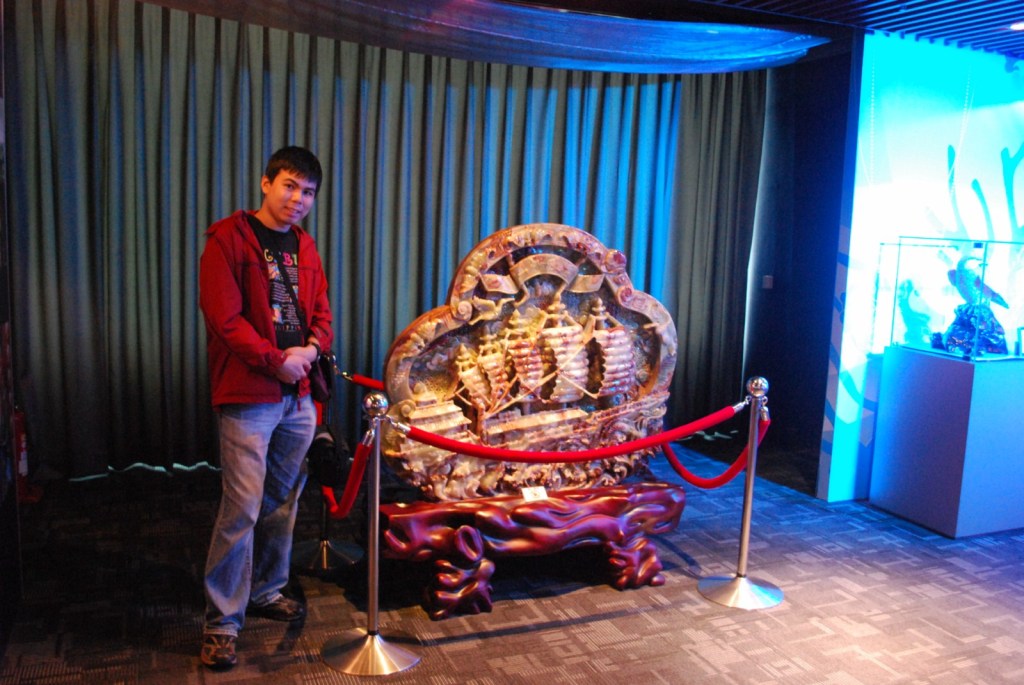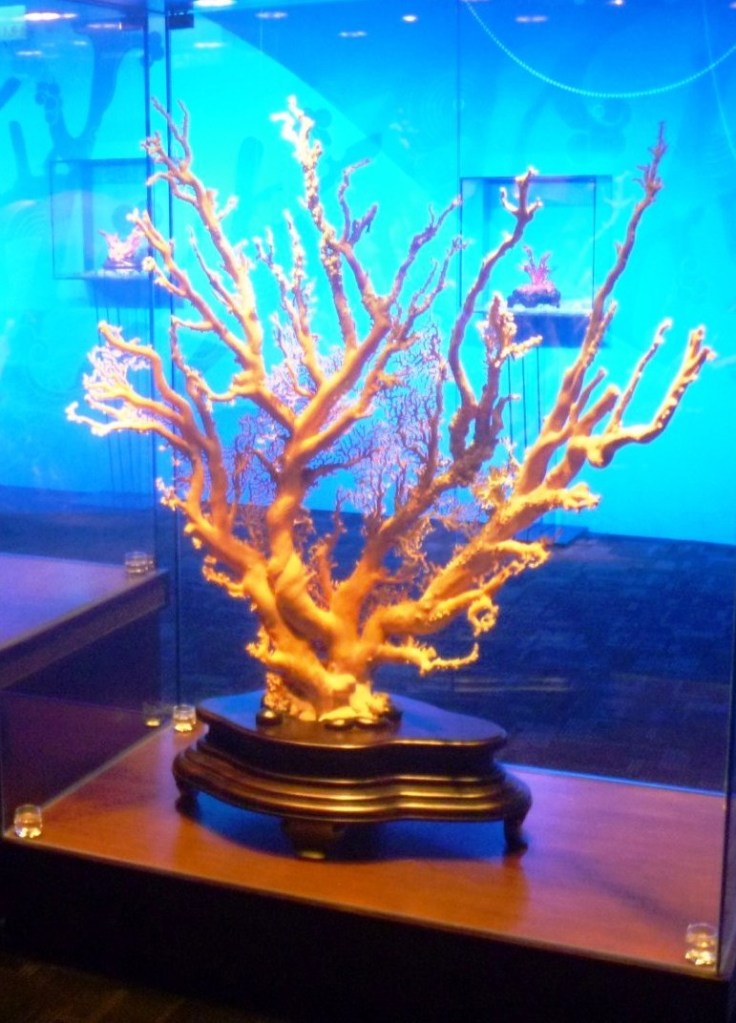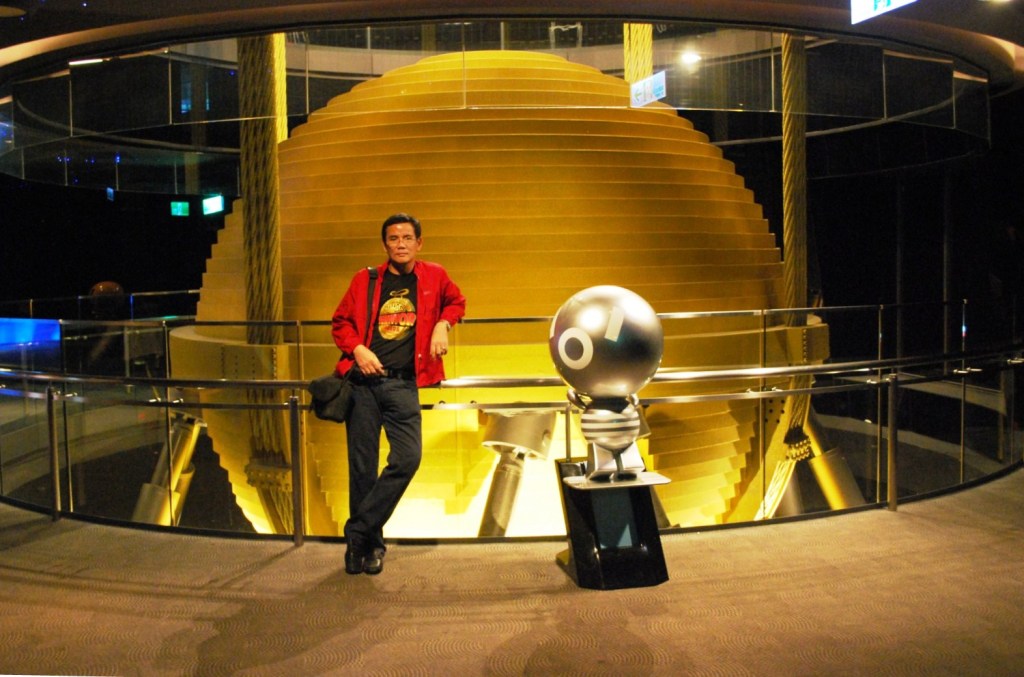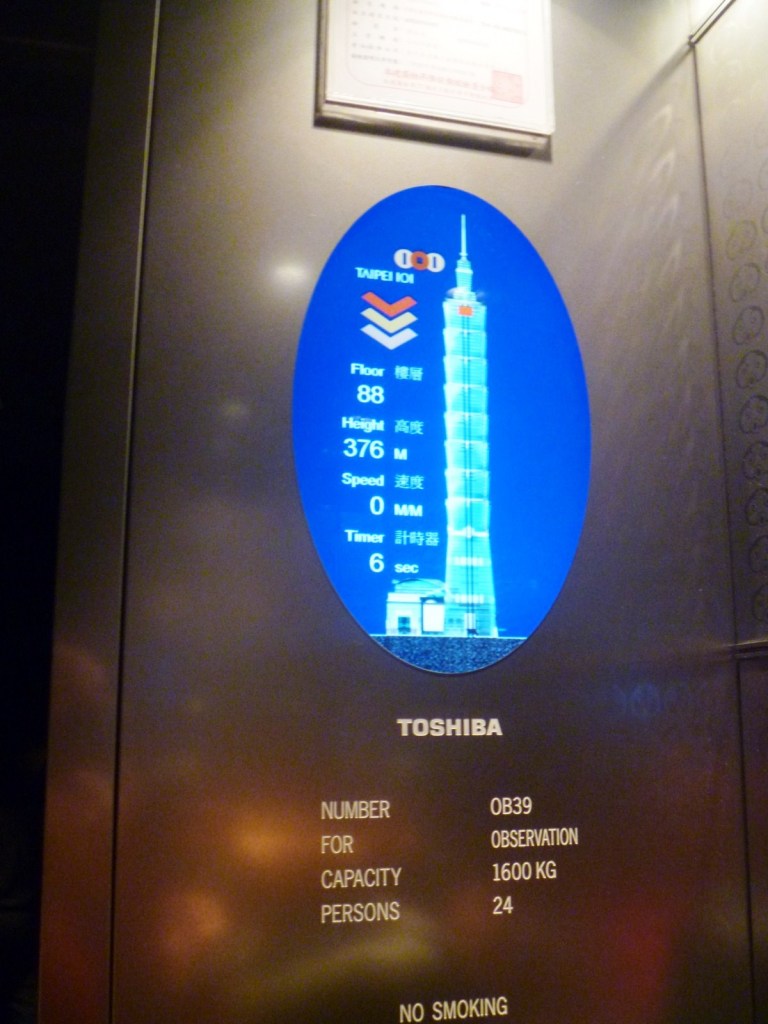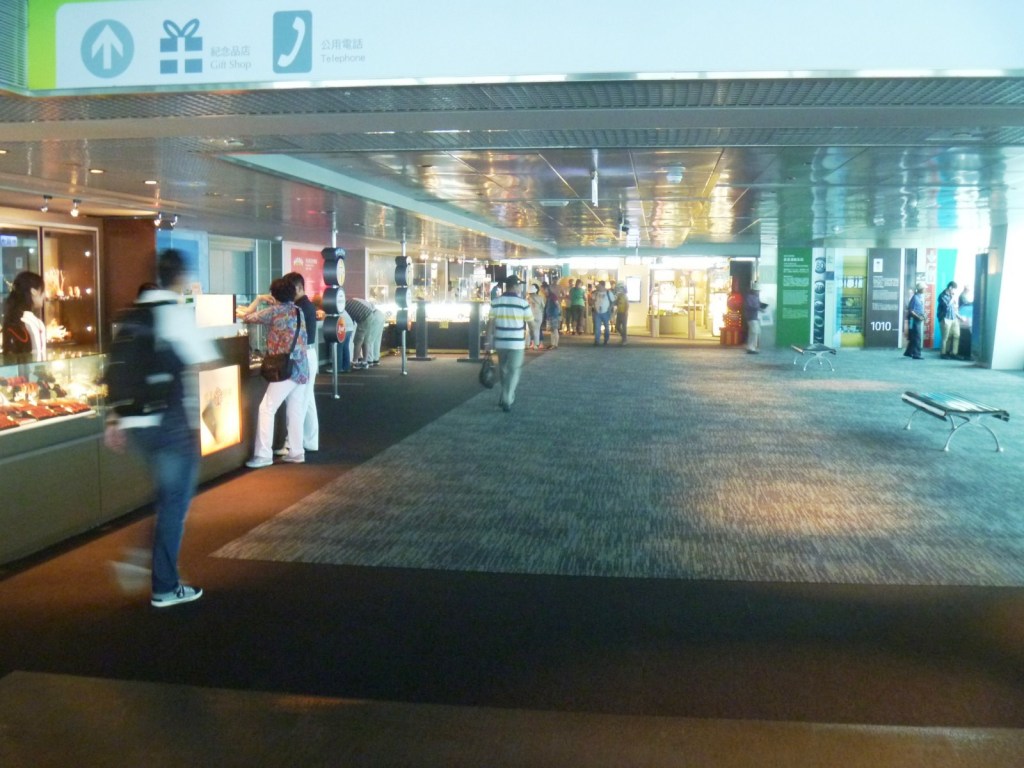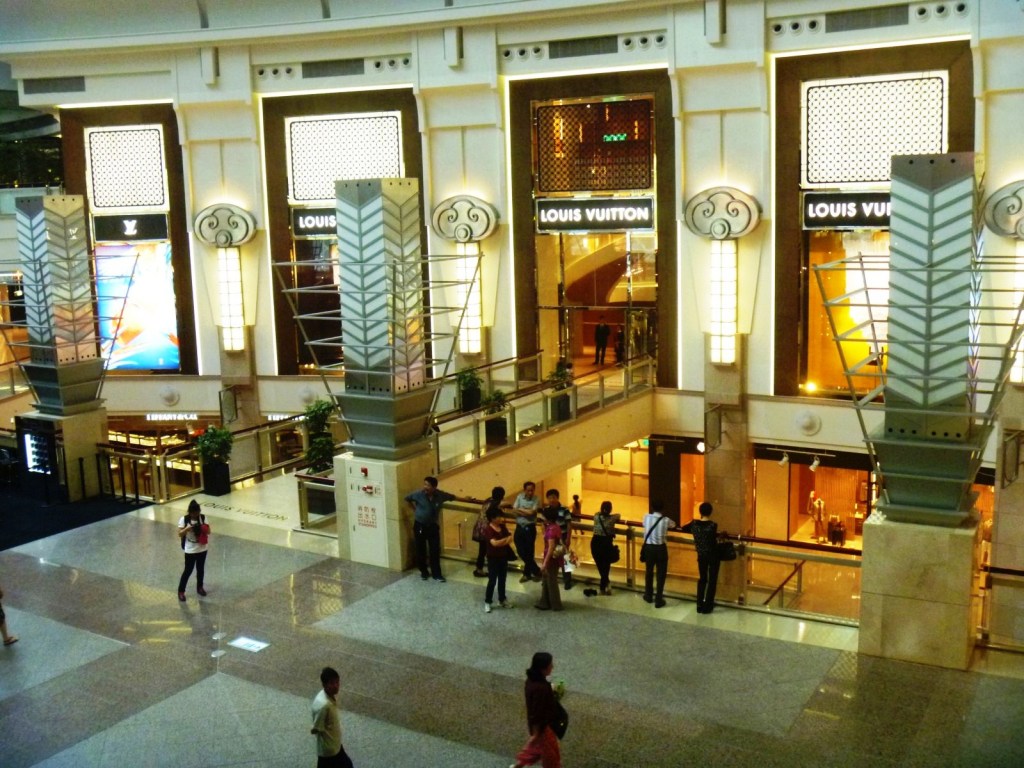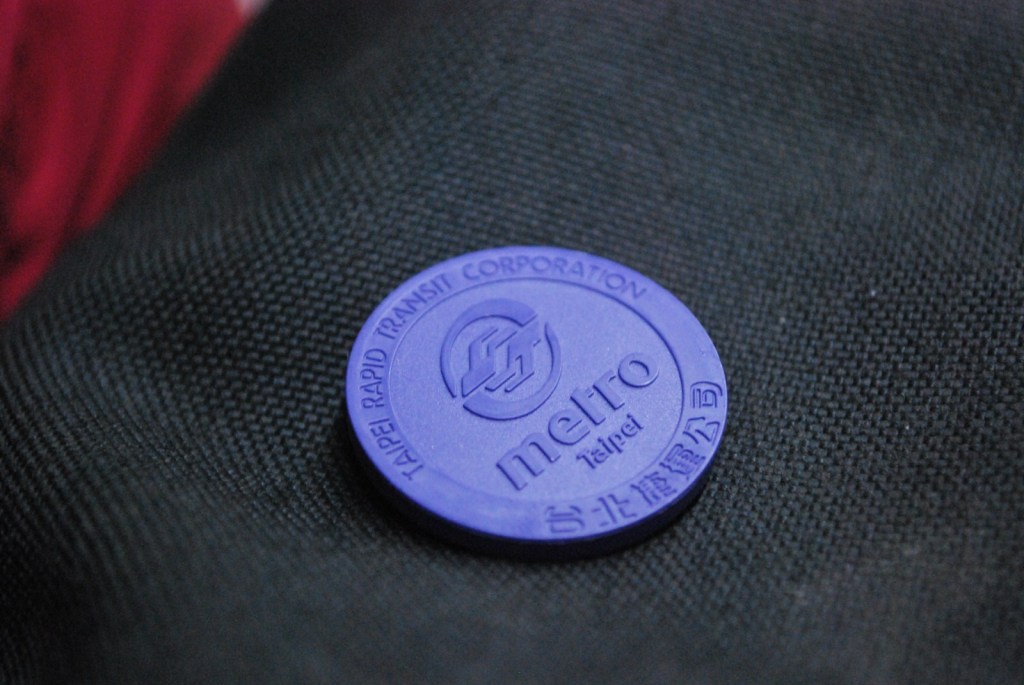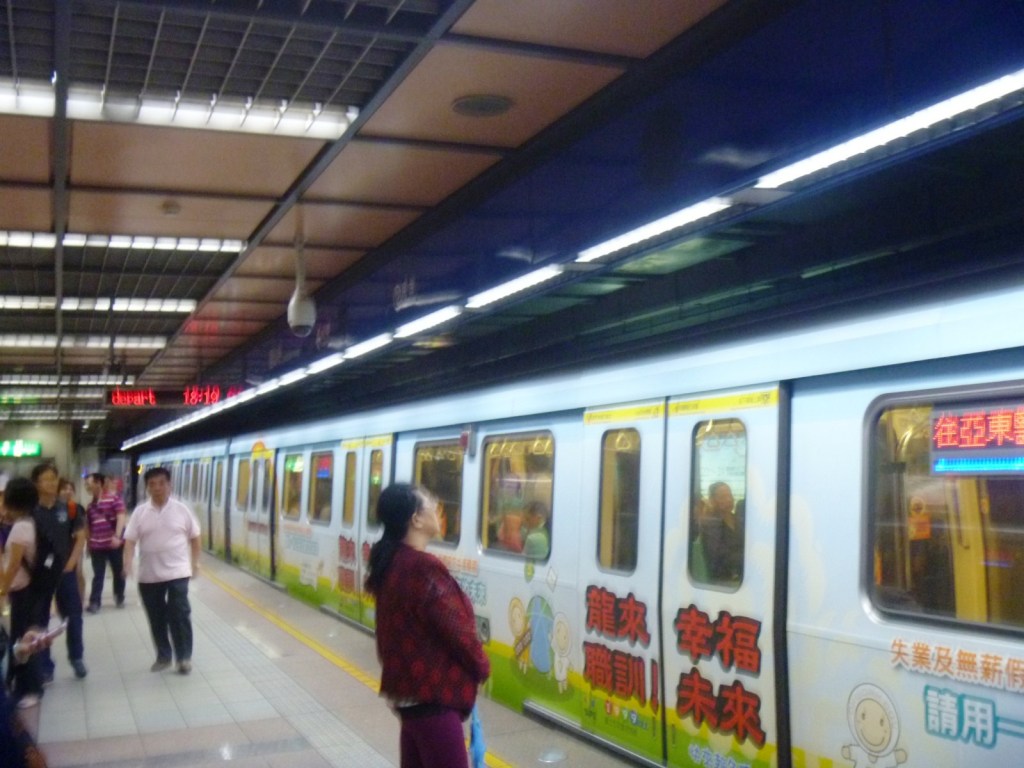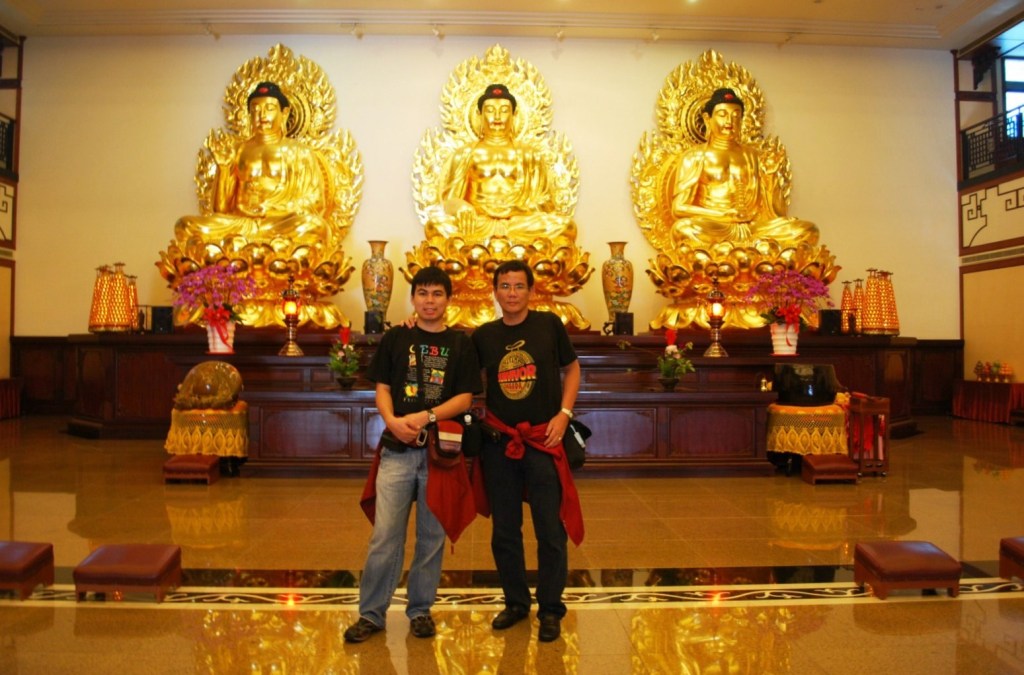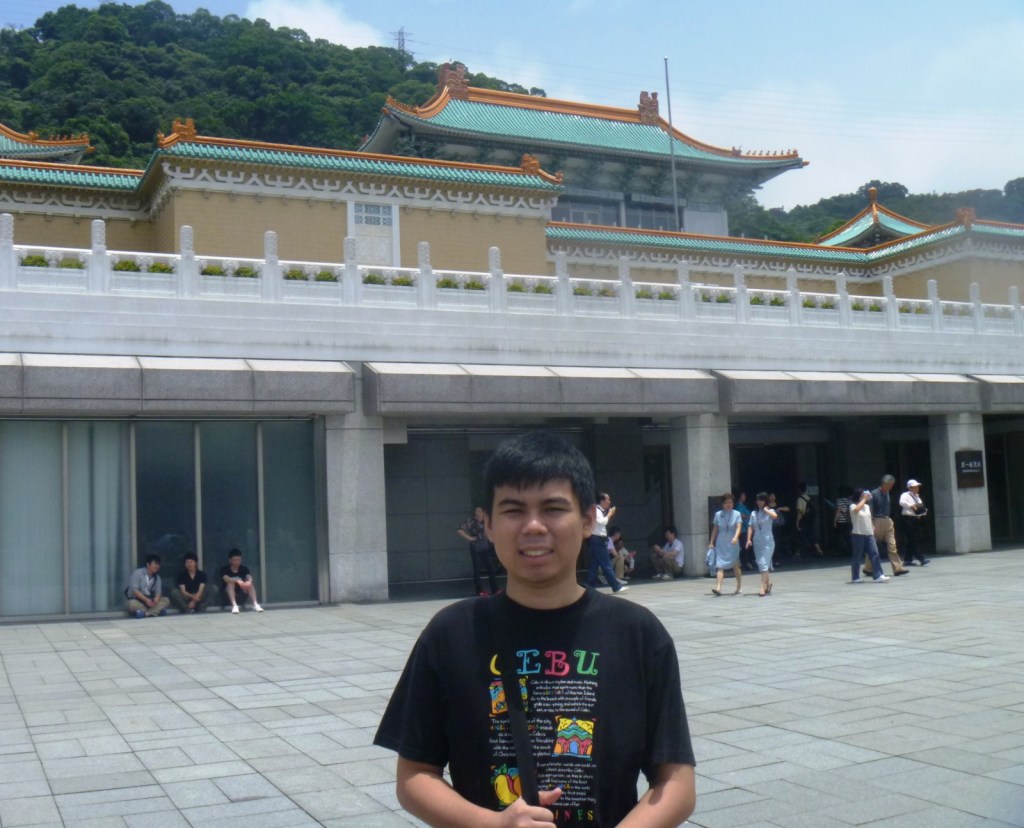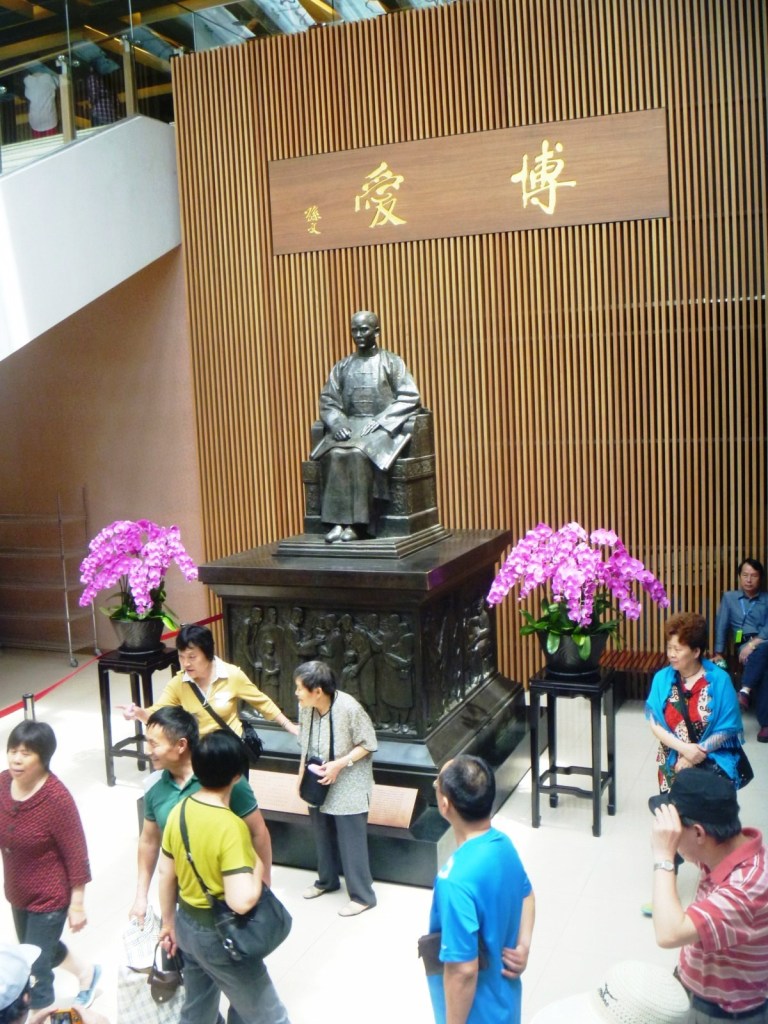The rain had stopped when we returned to the mall and, after snacks at a MacDonald’s outlet at Jason’s Marketplace, the mall’s 1,000-pax basement foodcourt, Jandy, Isha and I exited the building to avail of this window of opportunity. We all walked, some distance, to a nearby park to appreciate the enormity and grandeur of the 357,721 sq. m. Taipei 101, the first record-setting skyscraper to be constructed in the 21st century. From afar, its repeated segments and inclined tiers simultaneously recall the rhythms of an Asian pagoda, a tower linking earth and sky (also evoked in the Petronas Towers of Kuala Lumpur, Malaysia)’ a stalk of bamboo, an icon of learning and growth (also emphasized by its blue green-tinted windows) or a stack of ancient Chinese ingots or money boxes, a symbol of abundance.
In 2004 (until the opening of the Burj Khalifa in Dubai in 2010), Taipei 101, formerly known as the Taipei World Financial Center (until 2003), was officially ranked as the world’s tallest building, displacing the Petronas Towers in Kuala Lumpur, Malaysia (check out my visit here at http://worldstotrek.wordpress.com/2010/12/31/kuala-lumpur-new-years-day/), by 56.1 m (184 ft). It also displaced the 85-storey, 347.5 m. (1,140 ft.) high Tuntex Sky Tower in Kaohsiung as the tallest building in Taiwan and the 51-storey, 244.2 m. (801 ft.) high Shin Kong Life Tower as the tallest building in Taipei. That same year, it also received the Emporis Skyscraper Award. In July 2011, the building was awarded the Leadership in Energy and Environmental Design (LEED Platinum certification, becoming the tallest and largest green building in the world. Its own roof and façade recycled water system meets 20–30% of the building’s water needs.
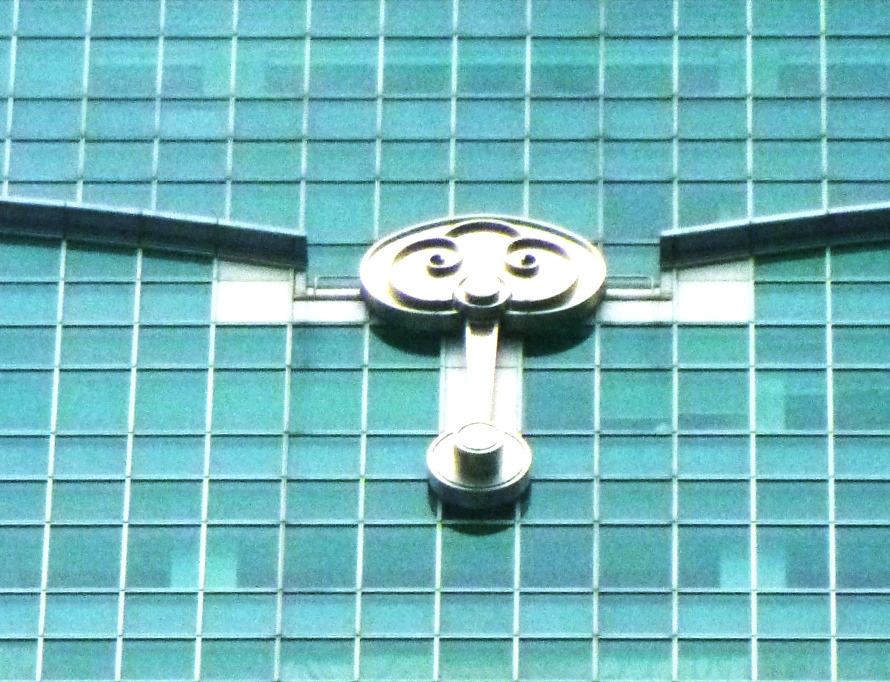
Curled ruyi figures, appearing throughout the structure as a design motif, are ancient symbols associated with heavenly clouds that connote healing, protection and fulfillment. Each ruyi ornament on the exterior of the Taipei 101 tower stands at least 8 m. (26 ft.) tall.
An icon of modern Taiwan ever since its opening, the structure appears frequently in travel literature and international media. Taipei 101 was designed by C.Y. Lee & Partners and constructed primarily by Samsung C&T and KTRT Joint Venture. It comprises 106 floors, 101 above ground and 5 floors underground.

The circular motif, the “zero” in Taipei 101, is also the shape of a traditional Chinese coin, a potent symbol of wealth
Architecturally created as a symbol of the evolution of technology and Asian tradition, this building’s Post Modernist approach to style incorporates traditional design elements and gives them modern treatments. Designed to withstand typhoon and earthquakes, Taipei 101, upon its completion, claimed the official records for:
- Ground to highest architectural structure (spire): 508 m. (1,667 ft.). Previously held by the Petronas Towers 451.9 m. (1,483 ft.), the record now rests with the Burj Khalifa in Dubai (UAE): 828 m (2,717 ft).
- Ground to roof: 449.2 m. (1,474 ft.). Formerly held by the Willis Tower‘s 442 m (1,450 ft), the record briefly passed to the Shanghai World Financial Center in 2009 which, in turn, yielded it to the Burj Khalifa.
- Ground to highest occupied floor: 438 m. (1,437 ft.). Formerly held by the Willis Tower 412.4 m. (1,353 ft.), the record also briefly passed to the Shanghai World Financial Center and then to the Burj Khalifa. .
- Fastest ascending elevator speed: designed to be 1,010 m. per min., which is 16.83 m./sec. (55.22 ft./sec.) (60.6 kms./hr., 37.7 miles/hr.), 34.7% faster than the 12.5 m. (41 ft) per second (45.0 kms./hr., 28 mile/hr.) speed of Yokohama Landmark Towers‘ elevator, the previous record holder.
- Largest countdown clock which was displayed on New Year’s Eve (fireworks launched from Taipei 101 also feature prominently in international New Year’s Eve broadcasts).
- Tallest sundial: The design of circular Millennium Park, which adjoins Taipei 101 on the east, allows it to double as the face of a sundial. The tower itself casts the shadow to indicate afternoon hours for the building’s occupants.
- Taipei 101 is the first building in the world to break the half-kilometer mark in height.
Taipei 101: Xin Yi Rd., Xin Yi District, Taipei City, Taiwan. Tel: (+886-2) 8101-7777. Website: http://www.taipei-101.com.tw.


